Welcome to a Monday night edition of Progress Report.
I am currently in Chicago, though by the time you read this, I may well be on a bus to Wisconsin for the latest stop in More Perfect Union’s weeklong tour of the manufacturing Midwest. We’ll be watching the debate between Kamala Harris and Donald Trump tonight, of course, and I’ll work to have some kind of insightful, incisive reaction for you afterwards.
Tonight’s newsletter is a big and loaded one, and I’ll be doing a follow-up in the weeks to come. Very curious to know what you think — please feel free to chime in, ask questions, and if necessary, push back.
Note: To make this work as accessible as possible, I’ve lowered the price for a paid subscription back down to Substack’s $5 minimum. If you can’t afford that right now, please email me and I’ll put you on the list for free. Every paid subscription makes it easier for me to comp one while becoming sustainable.
If Kamala Harris is going to become the first woman to serve as president, she’ll have to spend the next two months making inroads with men.
The Vice President’s ascent to the top of the Democratic ticket in late July jolted the race to life, turning what had seemed like an inevitable victory for former President Donald Trump into a true toss-up. Yet while Harris and Trump are now incredibly close in the polls, there are stark difference in the demographics of their supporters.
Today, we’re going to look at the numbers, what’s behind the growing split in the electorate, and what can be done about it — both in this immediate political moment and for the long haul. I call it the Marshall Plan for Men, and not just because it’s a good alliteration. We’re looking at distinct policy and serious investment over the next few months to ensure wins in November, then a broader redeployment of resources and rethinking of culture to address a dangerous imbalance over the long haul.
Outlining the problem with polling data
A new national survey by Siena and the New York Times offers a snapshot of the divided electorate:
The cross-tabs indicate an enormous divide between men and women voters: Trump leads Harris by 17 points among male voters, while Harris leads Trump by 11 points among women voters.
The results of the Sienna/NYT surveys are in line with other recent swing state polls, including surveys of Pennsylvania, which has been stuck in a dead heat. The most recent CNN poll of Pennsylvania found Trump with a 15-point lead among men and Harris leading by 11 points among women voters.
The most recent survey from YouGov, another well-regarded pollster, shows men and women in Pennsylvania with a slightly smaller gap in their preferred candidates; Trump leads among men by 10 points and Harris holds a 9-point lead among women.
There is no one single reason why the gender gap is so stark, nor is it a new phenomenon. But a fair amount can be inferred about this moment by further diving into the cross-tabs.
The most recent Siena/NYT poll found that 22% of women listed abortion and reproductive rights as their most pressing issue, while just six percent of men put bodily autonomy at the top, even though it should impact them just as much.
Men were instead far more concerned with the economy, with 26% listing it as their top priority, compared to 18% of women. Men also registered more concern about inflation and immigration than women, though by smaller margins.
The gender gap between candidates is even larger among Gen Z voters: In August, a Siena/NYT survey of swing states found Harris leading Trump with voters ages 18-29, but only because young women overwhelmingly supported the vice president. Men in that cohort backed Trump by 13 points, while Gen Z women gave Harris a 38-point advantage. That’s a 51-point difference, far greater than in any other generation.
Young men are still more likely to be Democrats than their older counterparts, and tend to be more pro-choice and LGBTQ-friendly than prior generations. But as the data indicates, after four years of troubling inflation, they, like generations before them, are more concerned with their wallets than anything else.
Economic anxiety is an on-ramp
What we’re seeing today is a product of both cultural and economic forces.
Yes, the national media indulged in its worst instincts during its post-2016 exploration of Midwestern diners, which turned the idea of “economic anxiety” into a meme. Yet while there are plenty of men in particular who support Donald Trump because they’re also racist and misogynist, there are also undoubtedly economic and downstream cultural factors that synthesized into Trump’s dominance with working class men.
Today, women are more educated than men, fueling an ascent in an increasingly information-based economy. At the same time, the economic transition has meant that men without a college degree have seen their job prospects tank.
While women have seen their wages grow, especially in the white collar space, working class men have also seen their take-home pay stagnate since 1979. The shift away from manufacturing and the rise of automation has also fostered a constant precariousness that has replaced any sense of job security in the jobs that used to lift working class men into the middle class.
Economic growth is not a zero-sum game: women aren’t receiving special dispensation in job interviews, and Black and Hispanic workers aren’t responsible for the offshoring of factory jobs or proliferation of temp work. But right-wing figures have nonetheless been able to blame minorities and government for the white working class’s decline, tying it to the larger indignity of a diminished place in society.
When Pat Buchanan ran for president in 1992, he weaved racism into an economic message aimed at a fading middle class afraid of parallel social transformation; more than 30 years later, the modern crop of far-right lawmakers and media demagogues have stripped away the artifice and become overt with their grievance politics. It largely appeals to white men, but increasingly to younger men of color, as well.
The reality that men (especially white men) as a whole still experience significant advantages in society, which makes it harder to empathize with their partial loss of station. The vile rhetoric and cruel agenda of those reactionary leaders and media figures who have fixated on DEI and related bogeymen have rendered any reaction more nuanced than telling them to shut the fuck up feel too generous.
It feels almost risky to say this, but to borrow a line from Kamala Harris, young men — even and especially young white men — are unburdened by the context of those who came before them, and discounting their struggle is unkind and unwise.
There have been a slew of studies that indicate that young men are lonelier and more atomized, feel socially discouraged from seeking out new friends or showing vulnerability, and experience unique pressures from the traditional expectation that they lead and financially support families. Fewer people are getting married, more are living with their parents, and the ongoing downsizing of well-paid physical and semi-skilled labor has pulled up many of the ladders to the middle class.
Here’s one stark summary of the alarming situation:
A 2023 State of American Men report from Equimundo found that two-thirds of surveyed men between ages 18 and 23 say “no one really knows me.” Since 1990, the share of men who lack a single close friend quintupled to 15%, according to a 2021 study by the Survey Center on American Life. It’s worse for unmarried men: One in five of them report that they have no close friends. And 1 in every 4 of those younger than 30 say they have no close friends.
Over time, loneliness can fester and beget bitterness and alienation, then vulnerability. Right-wing politics is built around identity and community, and now more than ever it provides a home to disaffected white men. Again, the instinct is to scoff and offer crocodile tears, but denying empathy is a core driver of this divide.
Liberals have understandably seized on the politics of conflict and shame to combat systemic oppression and everyday inequalities, turning terms like “toxic masculinity” into everyday phrases. They are permitted where criticism of women would be deemed problematic, and the same goes for concepts like white privilege, which is a systemic reality that nonetheless sounds like an accusation to white men who do not feel particularly privileged in this moment.
Considering the hollowness of his boasts and the gravity of his crimes, it’s in some ways hard to believe that Donald Trump remains an aspirational figure for so many men. Yet it makes sense, too: Trump has made being wealthy his defining characteristic, becoming the avatar for arrogance and ostentatious living, doing and saying whatever the fuck he wants, talking shit and skirting all consequences.
Put politics aside: would you rather identify with somebody who models an unapologetic self-indulgence or support a party that regularly makes you feel shame?
A new approach to building the coalition
Kamala Harris’s campaign website just added a policy section, no doubt timed to Tuesday night’s debate. There aren’t many surprises, and by and large it checks out as a moderately progressive list of general election proposals for Democratic staple priorities such as lowering costs, expanding access to affordable health care, creating more housing, and providing child care solutions.
It’s a solid list of ideas that will help all working and middle class Americans, with some policies particularly aimed at bridging real gaps faced by women and people of color. What’s missing, however, is anything that might be seen as coded explicitly for men; manufacturing is buried in the section on climate change, and supporting entrepreneurship contains explicit promises only for women and people of color, which is both eminently justifiable and politically unwise.
The Harris campaign should continue to tout the existing policies while also making a concerted effort to formulate and publicize a number of proposals that are collectively appealing to men, especially those in Gen-Z. Here are just a few ideas:
Explicit promises to reinvigorate manufacturing far beyond what Biden has already accomplished.
Major grants for first-time entrepreneurs, not just tax breaks and loans.
Free technical education with guaranteed job placement.
Major public works projects with paid training.
Weekend and evening programs for critical new industries, from aerospace to AI, so that people in day jobs can get involved.
Investment in community centers nationwide.
A national paid internship placement program.
There are all kinds of other ideas that would fit here; the key is that they are all broadly accessible and don’t require months of applications or come in the form of delayed tax credits. They should be be open to anybody but explicitly advertised to young men where they currently exist: on social media, during sports broadcasts, and on streaming platforms.
The Harris campaign has committed a record amount of money to digital advertising, and it’s done some interesting things on TikTok, but it’s Facebook and Instagram ads are simply bloodless appeals for donations, with outdated polls and vague warnings about the possibility that a campaign with no apparent convictions might lose.
Most of them are some version of this, and even the more dynamic ones are pretty lifeless, with no real sense of mission or purpose. It’s the MSNBC-ification of digital advertising, appealing to a narrow band of wealthy people who can provide money and moral support but provide little organizational or political advantage.
Here’s another ad paid for by the campaign, promoted through a tiny newsletter’s Instagram and Facebook account.
I’m honestly not sure what they’re trying to say here, but it’s received 700K impressions, so hopefully the message connects with somebody beyond those who were obsessively watching the DNC last month. Much was made during that event of the Democrats’ embrace of young digital influencers, but they were largely engaged in the work of promoting politicians, which is just about the least appealing or useful activity you’ll ever encounter online.
Long-term, the progressive left needs to be fostering a culture of defiance on behalf of bold ideas and individual freedom, led by much more authentic thinkers, media entrepreneurs, and maverick lawmakers. Mainstream Democrats have to be willing to bow to some of its demands instead of constantly beating them down and using the dishonest politics of shame and cynical appeals to unity to discredit them.
There must be a sense that the status quo can be changed, that the changes can be meaningful improvements for everyone, and that there are no scapegoats beyond those who abuse their power. Democrats talk a lot about building a coalition, but that’ll never work if they’re ceding such a big segment of the country to cynicism and hopelessness.
Wait, Before You Leave!
Progress Report has raised over $7 million dollars for progressive candidates and causes, breaks national stories about corrupt politicians, and delivers incisive analysis, and goes deep into the grassroots.
None of the money we’ve raised for candidates and causes goes to producing this newsletter or all of the related projects we put out. In fact, it costs me money to do this. So, I need your help.
For just $5 a month, you can buy a premium subscription that includes:
Premium member-only newsletters with original reporting
Financing new projects and paying new reporters
Access to upcoming chats and live notes
You can also make a one-time donation to Progress Report’s GoFundMe campaign — doing so will earn you a shout-out in the next weekend edition of the newsletter!






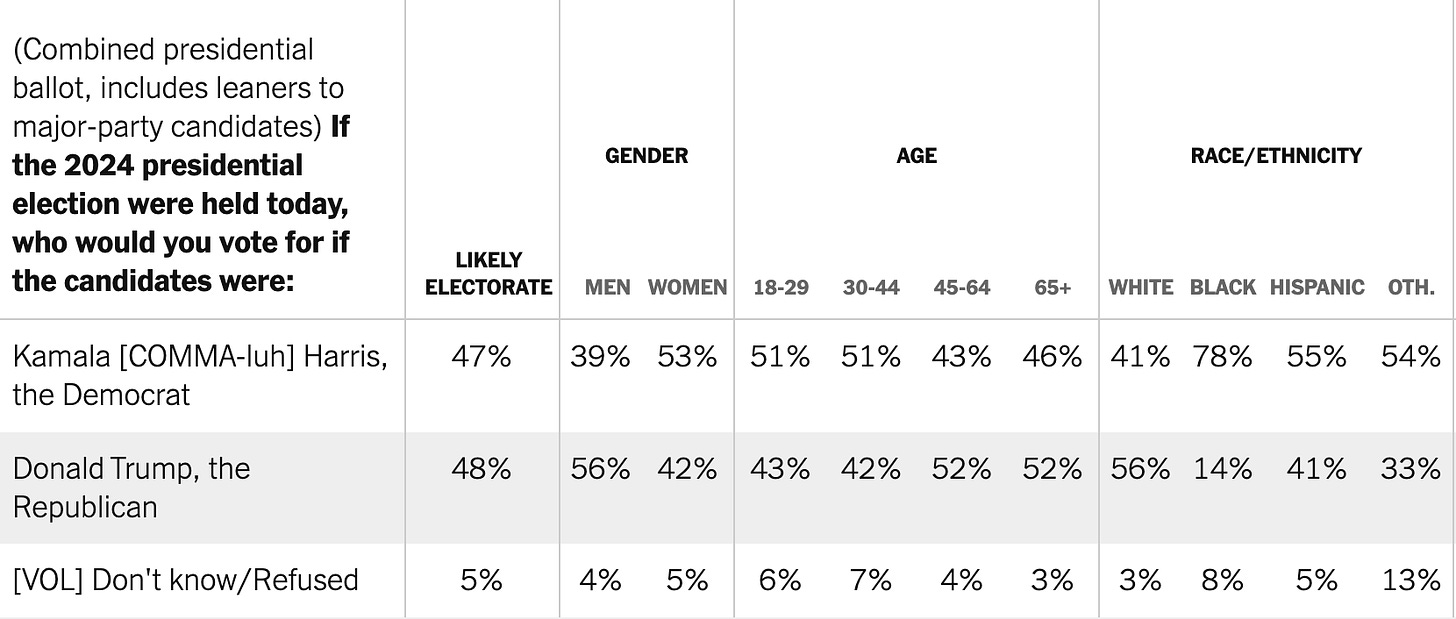
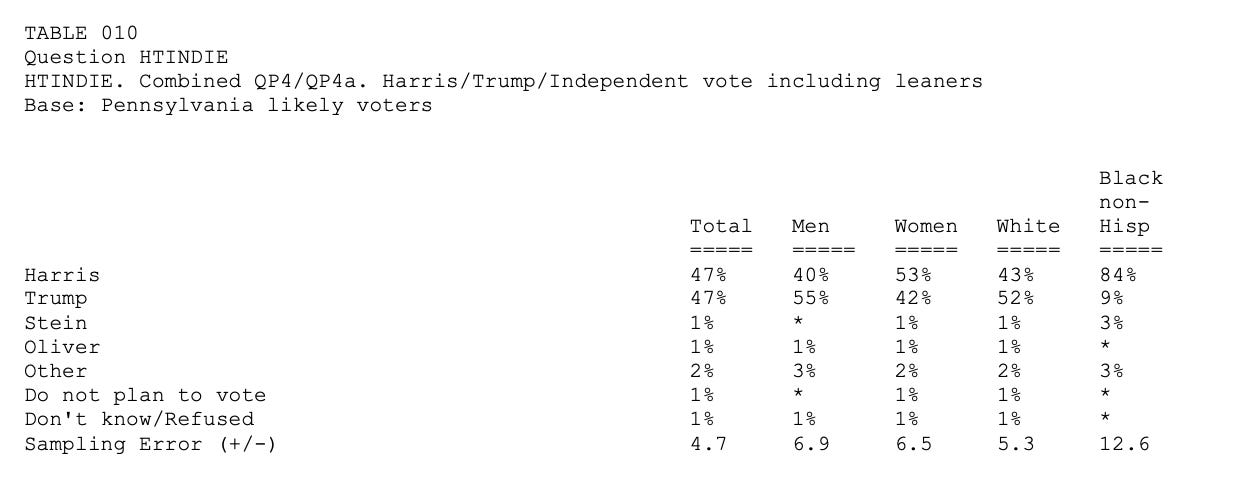
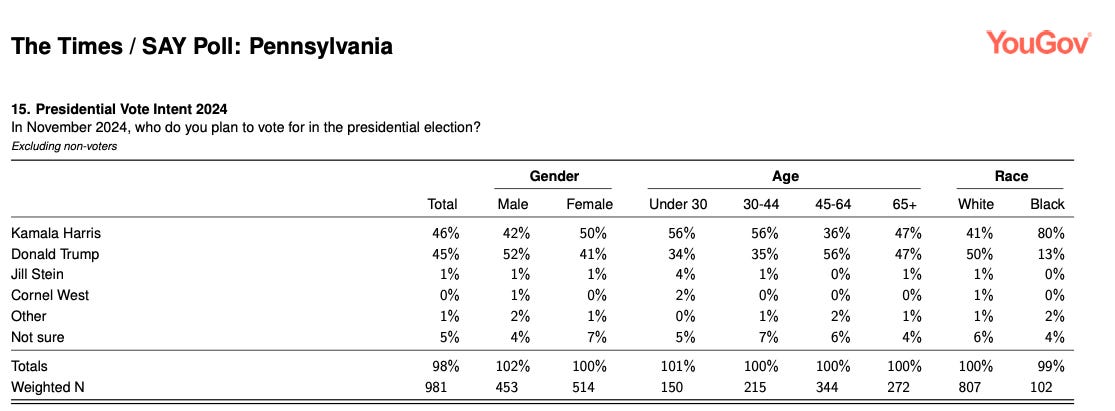
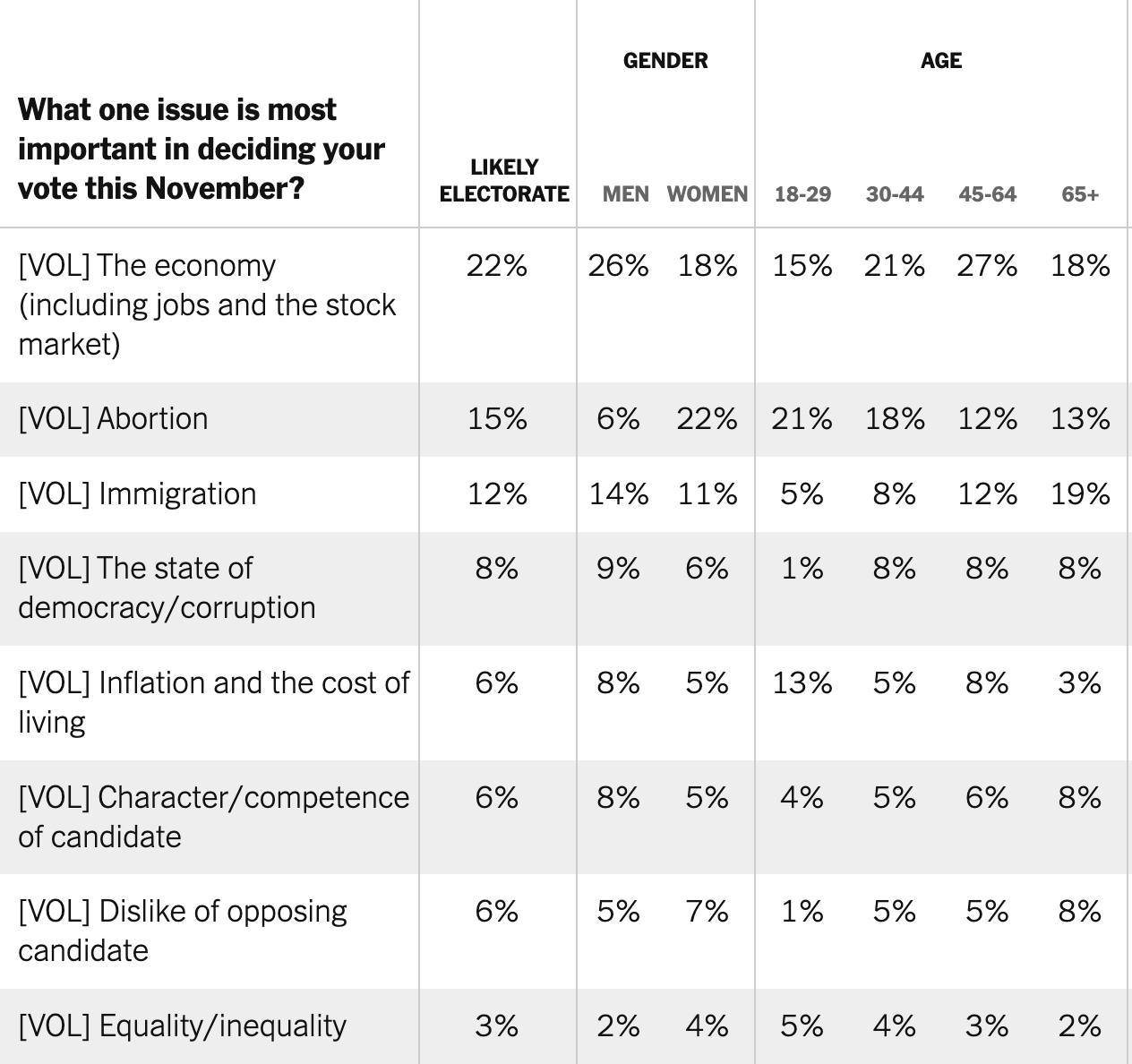
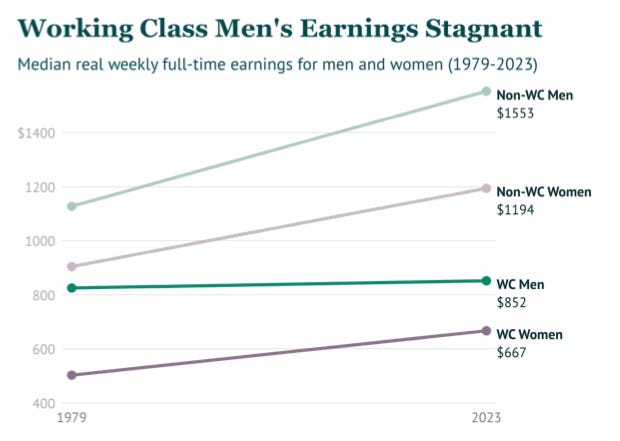

It's really disheartening how often people of color and white women need to genuinely be reminded that white men are humans, too. Especially considering how many of us don't actually fall into that demographic despite appearing to.
When Trump was president and Twitter hadn't been Musked up yet, any time an embarrassing picture of him came out, people would make fun of him for being fat, which always led to others chiding them, saying Trump would never see the insults (he totally did) but the overweight people in their lives would and would be hurt by it. The same principle applies here. Treating white men as a monolith is just as absurd as any other group.
I'm white and male, but I'm also queer, have AuDHD, and am overweight. People of color and white women might view me as a white man, but white men sure fucking don't.
But even then, intersectionality shouldn't need to be brought up to convince people that misandry is just as unacceptable as misogyny. It's basic feminism.
Oh Jordan! This is so good! We have an opportunity to reach men by explaining how her economic policy is better, and time to mount that information campaign, thanks to your clear elucidation today.
We’re just in the nick of time to reach that demographic, and your post gives us talking points!
When people grasp that both the economics and the cultural aspects of Harris policies benefit families and communities, maybe they’ll change.
I love your list of concrete examples that appeal to all small business owners man or woman, college educated or craftsman. I will broadcast it widely.